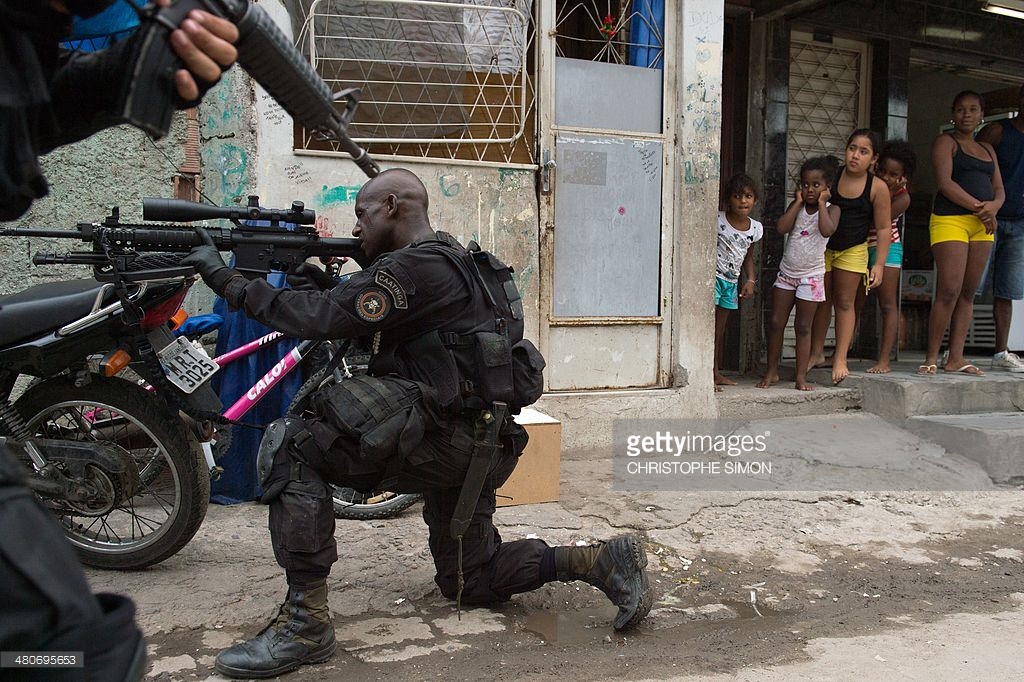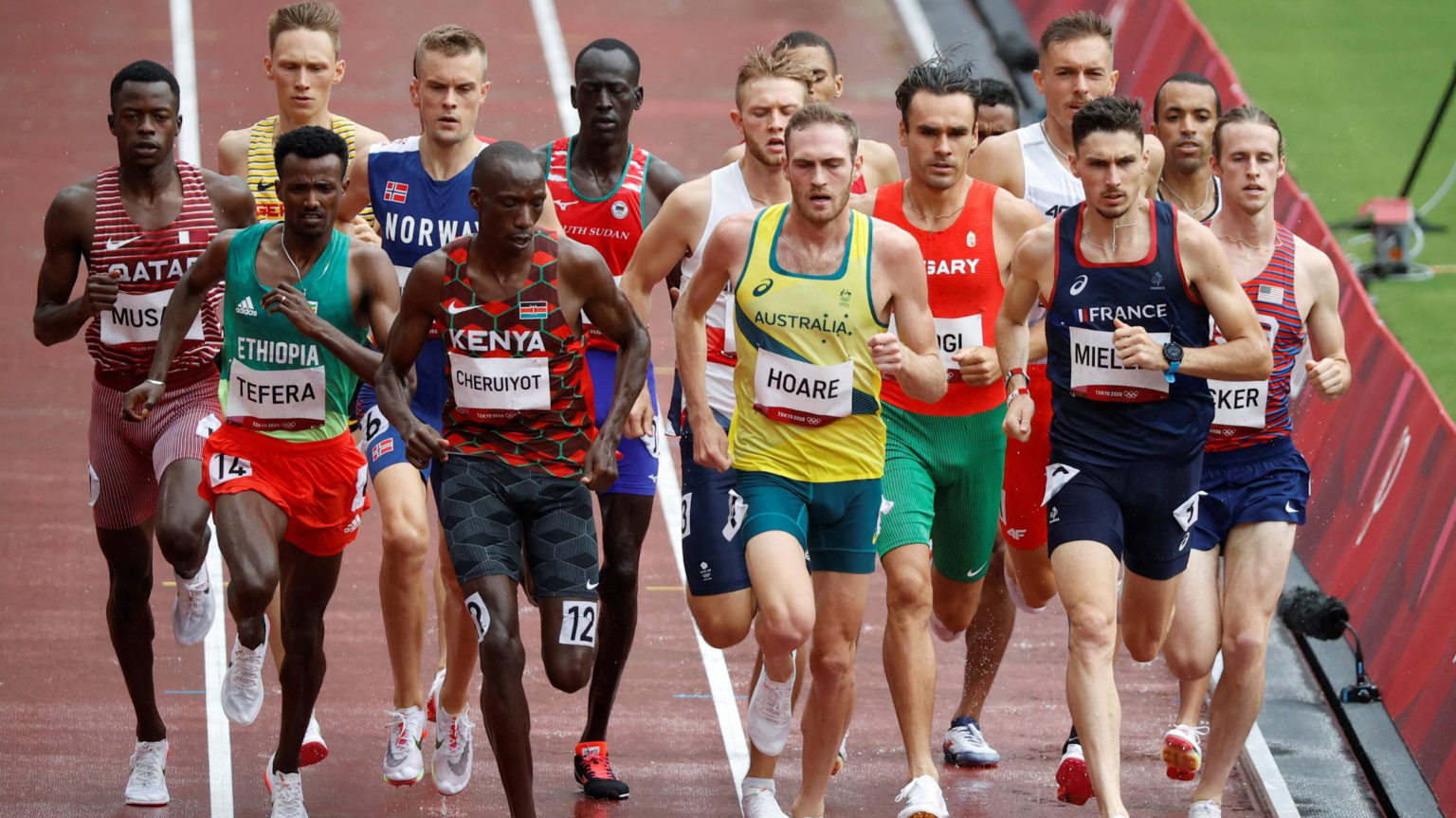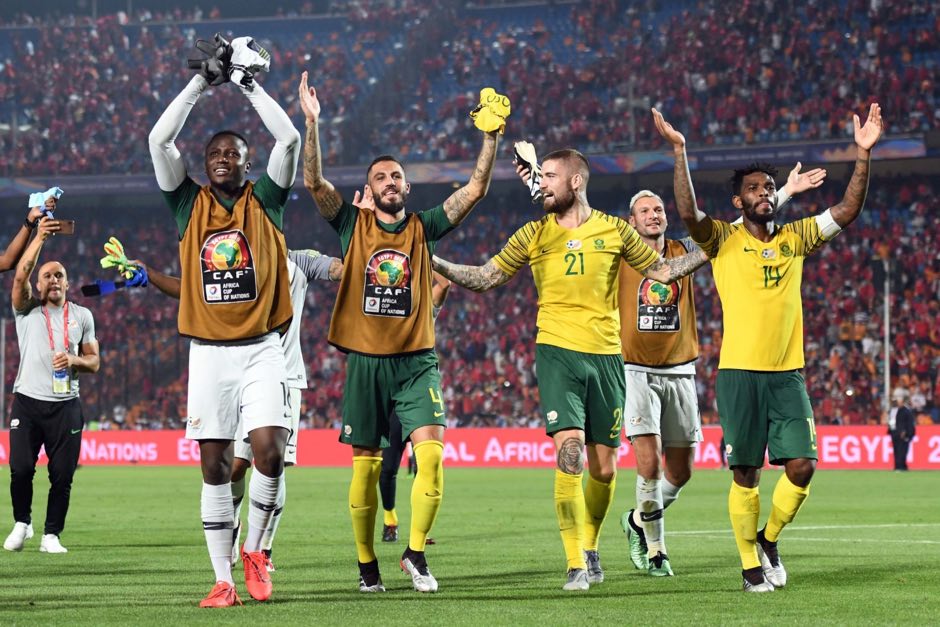Several news articles have noted that the Olympics we’ve seen on television this summer and the Olympics on the ground in Rio de Janeiro aren’t necessarily the same. That’s not all that surprising considering the fact that nearly 1.5 million Rio (almost a quarter of the population) residents live in favelas.
As you likely know, favelas are urban slums in Brazil that are notorious for drug trafficking and violence. Militias control 454 of the area’s 1,001 favelas and drug trafficking remains prevalent in 370 favelas despite the ongoing presence of “Pacifying Police Units” according to the 2013 Urban Health – Homicides in and around Rio’s favelas study.
Though favelas have a rough reputation, they are also vibrant communities made up of people who call them home. Just as you have evildoers living next door to good, hardworking families in ghettos, barrios, and slums around the world, the same is true of favelas. According to the 2013 DataFavela study published by the Data Popular institute, 85 percent of favela residents like where they live, 80 percent are proud of where they live, and most of them — a full 70 percent — would remain in their favelas even if their incomes doubled.
While it’s easy to look at favelas with horror or disgust compared to first world living standards, it’s also worth mentioning that living conditions in favelas have improved. The DataFavela study notes that 9 out of 10 people living in favelas now have access to running water, a 50 percent increase since 2002 when only 6 out of 10 did. Sanitation, literacy rates, and even income levels have also improved.
One of the ways that Rio de Janeiro has attempted to deal with drug trafficking and violence in favelas is through a program known as Pacifying Police Unit, or UPP. This program first drives out gang leaders before searching for and clearing out drugs and weapons caches. A permanent police force is then assigned to the favela. Though the program existed before the Olympics, Rio’s bid for both the FIFA World Cup and the Summer Olympics certainly accelerated it in 2008.
So, with these thoughts in mind, let’s travel back to 2009 where about a quarter of Rio’s population lived in poverty but also in relative contentment. Perhaps they had hope when they first learned that Rio had a plan to banish the drug lords from their neighborhoods.
But along came the bulldozers. According to CatComm.org’s Favela Facts, 77,206 people for 22,059 families had been forcibly removed from their homes between 2009 and July 2015 in Rio to make way for the Summer Olympic Games.
We wonder where they all went. Some reportedly were placed in public housing, but we suspect a fair amount managed to squeeze their way into other favelas. Forced from their homes, it’s hard to imagine these Rio residents reveling in the Olympic spirit.
Meanwhile, Rio’s wealthiest inhabitants earn significantly more than their favela-dwelling neighbors. The income gap in Brazil as measured by the Gini coefficient index is huge. The richest 10 percent of Brazilians receive 42.7 precent of the country’s income while the poorest 34 percent receive less than 1.2 percent of the country’s income.
Favelas are a visual reminder of the difference between the haves and have-nots in Rio de Janeiro, but they are also a part of the fabric of the city. In fact, the opening ceremony of the Summer Olympic Games paid homage to the favelas with its playful floor projection and charming set of hillside dwellings.
An article in USA Today, Joy, Sadness in Rio Favela as Poor Locals View Olympics Opening Ceremony, noted that some of the best views of the fireworks that accompanied the opening ceremony could be seen from one of Rio’s most notorious favelas, Mangueria. Here, residents reported a mixture of both joy and sadness.
One said this, [perfectpullquote align=”full” cite=”” link=”” color=”” class=”” size=””]“We feel that it’s both a joy and a reason for sadness because when this is over, the same sadness is going to keep going on.”[/perfectpullquote]
To rub salt in the wounds of current and displaced favela residents, there’s a disturbing new trend called “favela chic.” Not only were a large number of Rio’s poorest residents displaced, a few favelas near Olympic Village have actually become tourist destinations.
An article on Stuff.co.nz, noted that favelas in some areas of Rio have become fashionable with art galleries, trendy bars, and upscale cafes. Safety improvements, thanks in large part to the Pacifying Police Unit, have tamed a handful of once notoriously violent favelas to the point where walking and jeep tours are common.
Celebrities who have recently sought the favela experience include Matthew McConaughey and Queen Latifa. Team USA and New York Knicks basketball player Carmelo Anthony was also drawn to the so-called favela experience and recently crossed visiting one off his “bucket list.”
Perhaps celebrity attention has a bright side for favelas. Awareness is always good, right? As with any complex social situation, it’s complicated.
Trendy bars, wealthy foreign investors, and tourism bring jobs, but they’re low-paying service jobs — and Rio’s favela community has been stuck in a cycle of servitude for years. This only reinforces the social norms between the rich and the poor.
At the same time, this trend could drive up prices. Rents in Vidigal, in Rio’s South Zone, have reportedly tripled since 2007. Can you imagine being priced out of slum living?
The Olympic flame will be extinguished on Sunday; athletes and the International Olympic Committee will soon be long gone; and Rio will be left to its own devices. From the favelas to the best beaches and trendiest spots in Rio to the country at large and the government itself, Brazil is a country in transition. Where it goes from here is anyone’s guess.
Featured Photo: Courtesy of GETTY IMAGES
















